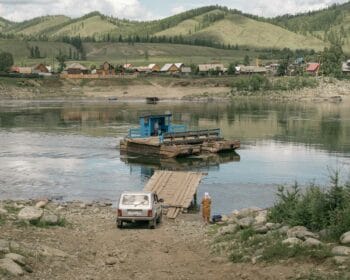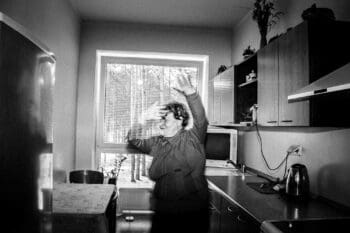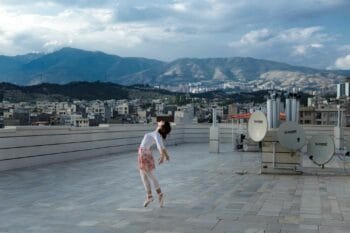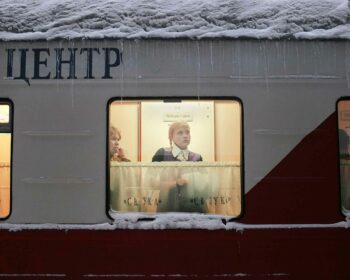«Let there be snow.» 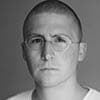 Elias Holzknecht sheds light on the consequences of climate change in the Alps.
Elias Holzknecht sheds light on the consequences of climate change in the Alps.
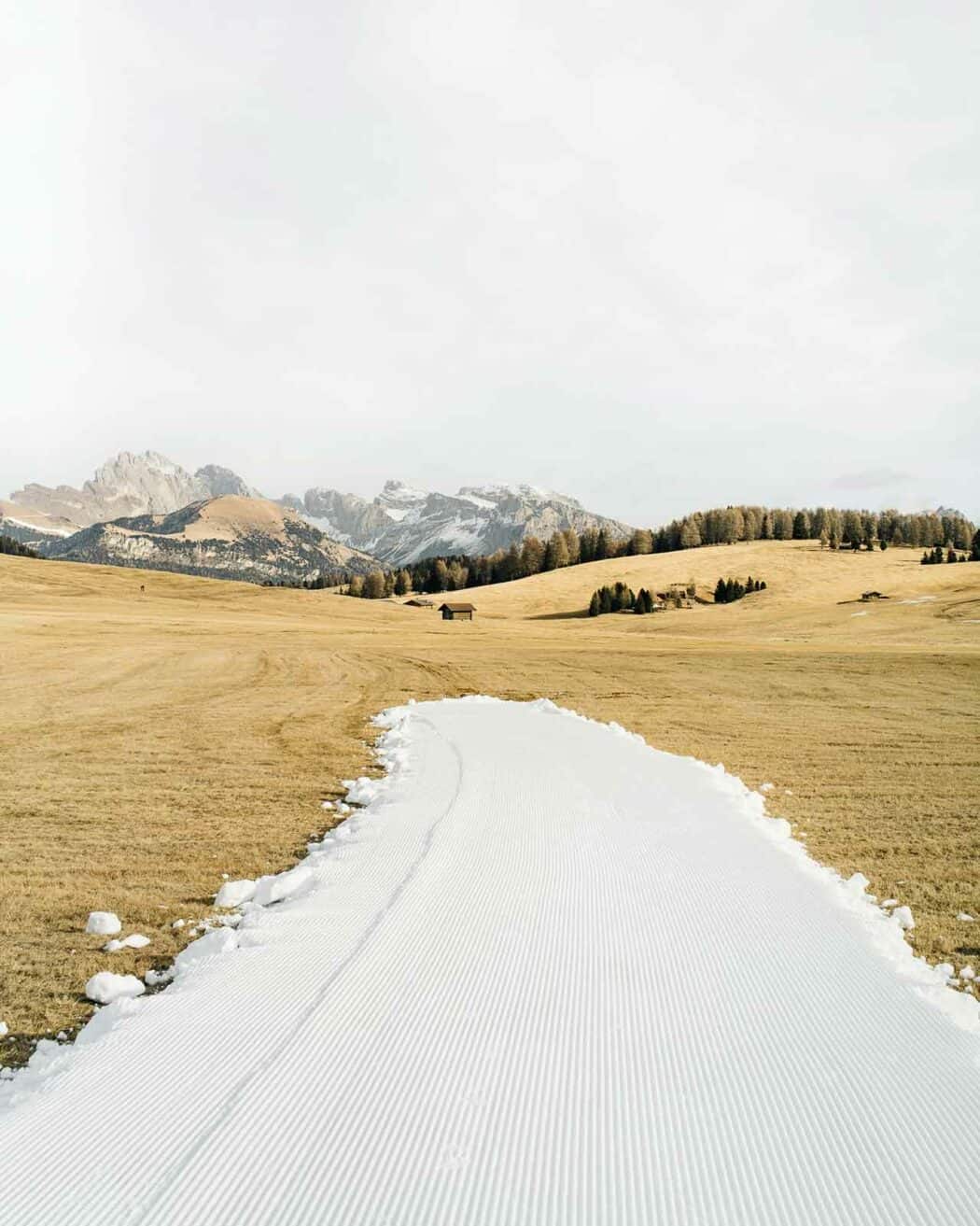 Alpe di Siusi, Italy 2017
Alpe di Siusi, Italy 2017
The mountains in Tyrol are not white but gray and brown. Climate change has arrived in the Alps, and it snows less and less. Nevertheless, more and more tourists travel there for skiing. That’s why snow cannons fire artificial snow onto the slopes. The descents stretch across the landscape as narrow white ribbons.
Mountains have always played a significant role in Elias Holzknecht’s life: he grew up in Tyrol, surrounded by the Alps. At 18, he begins working as a freelance photographer. His first assignment: Accompany climbers on mountain expeditions. But over time, he gets bored with the same old heroic portrayals of athletes.
Elias wants to study photography and moves to Hanover to do so. But the topic of artificial snow and its effects on the environment won’t let him go. He is always developing new ideas, talking to scientists, and traveling through Germany, Italy, and Austria. The project is growing.
But there are also setbacks: To document the night skiing aspect, he sleeps in his car for several days in sub-zero temperatures. The images are kicked out in the next edit session. But for him, it is precisely such experiences that make studying at Hannover University of Applied Sciences and Arts so special: «You try something out, fail, get better,» says Elias Holzknecht.
The years of work pay off in the end. Elias Holzknecht won the VGH Photo Prize worth 10,000 euros in 2020. This award is given each year for outstanding work in our program. He now lives in Graz, working on freelance projects and client commissions.
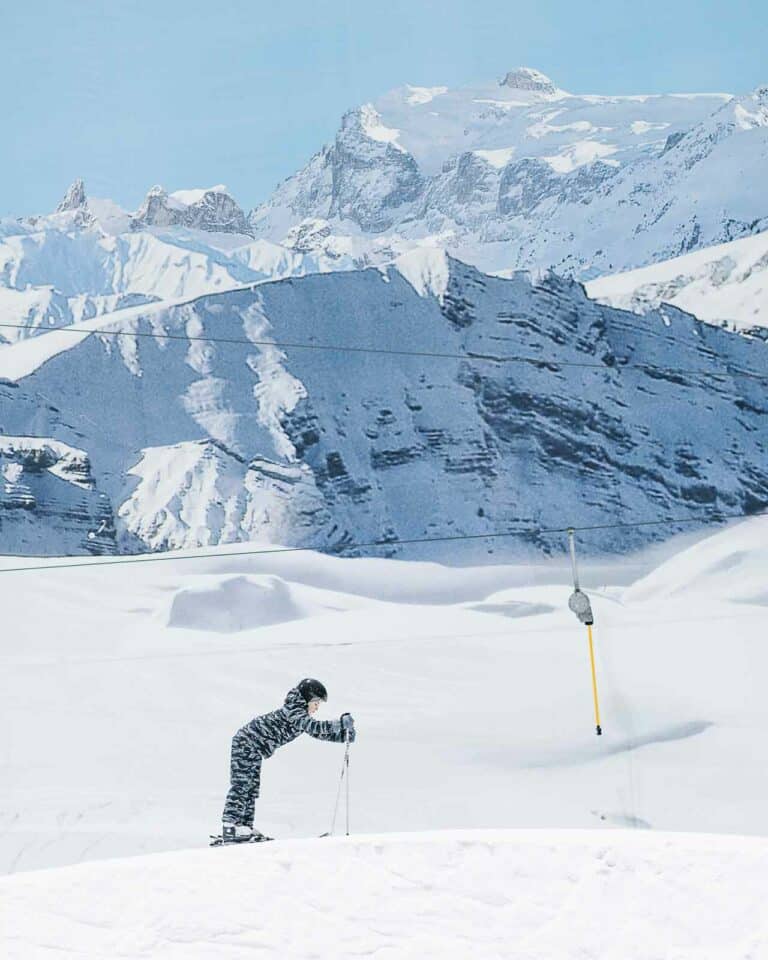 Hamburg, Germany 2019
Hamburg, Germany 2019
In the ski hall in Wittenburg, there is snow all year round: artificial snow.
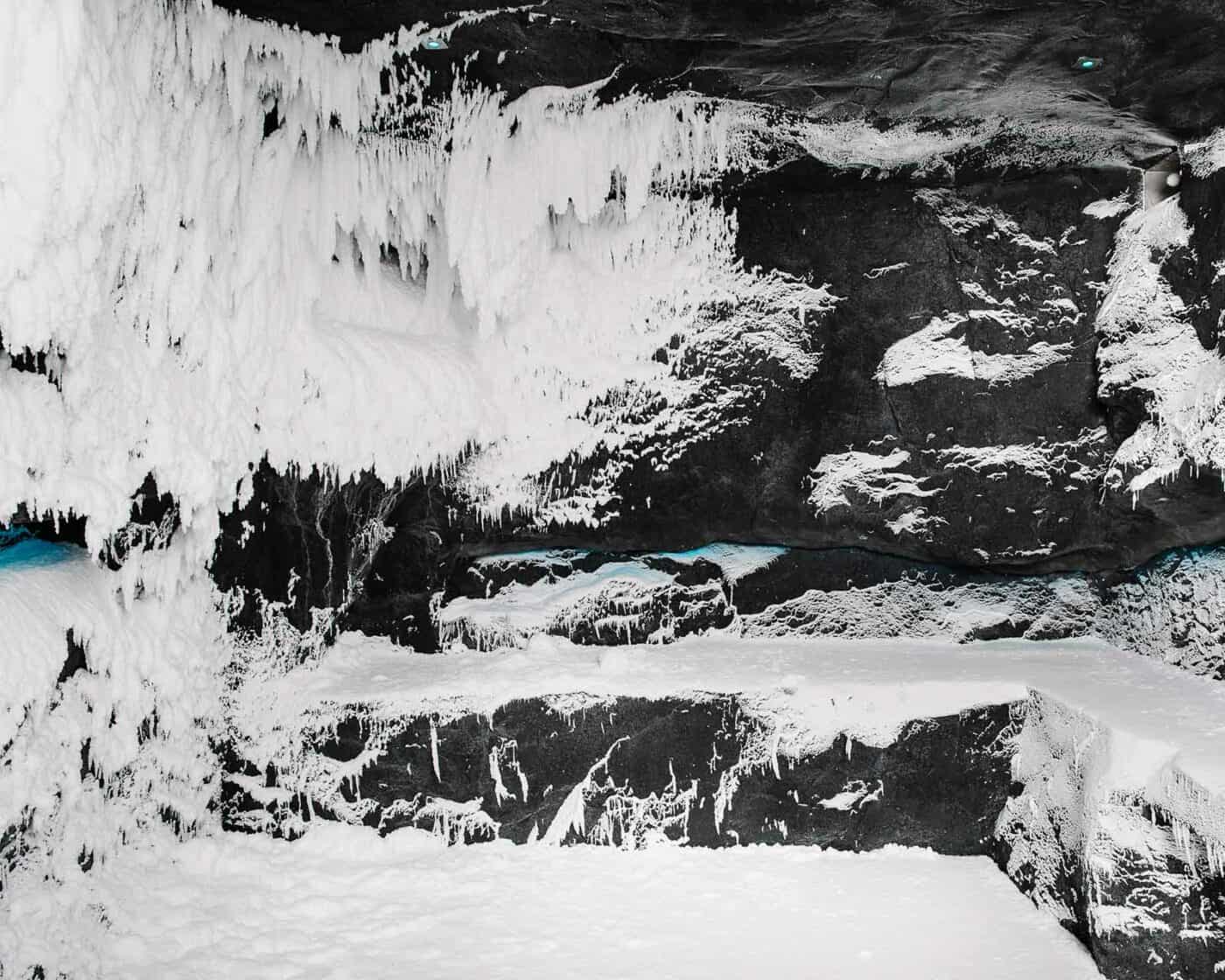 Girlan, Italy 2020
Girlan, Italy 2020
Indoor snow room in the sauna area of the 5-star Weinegg Hotel.
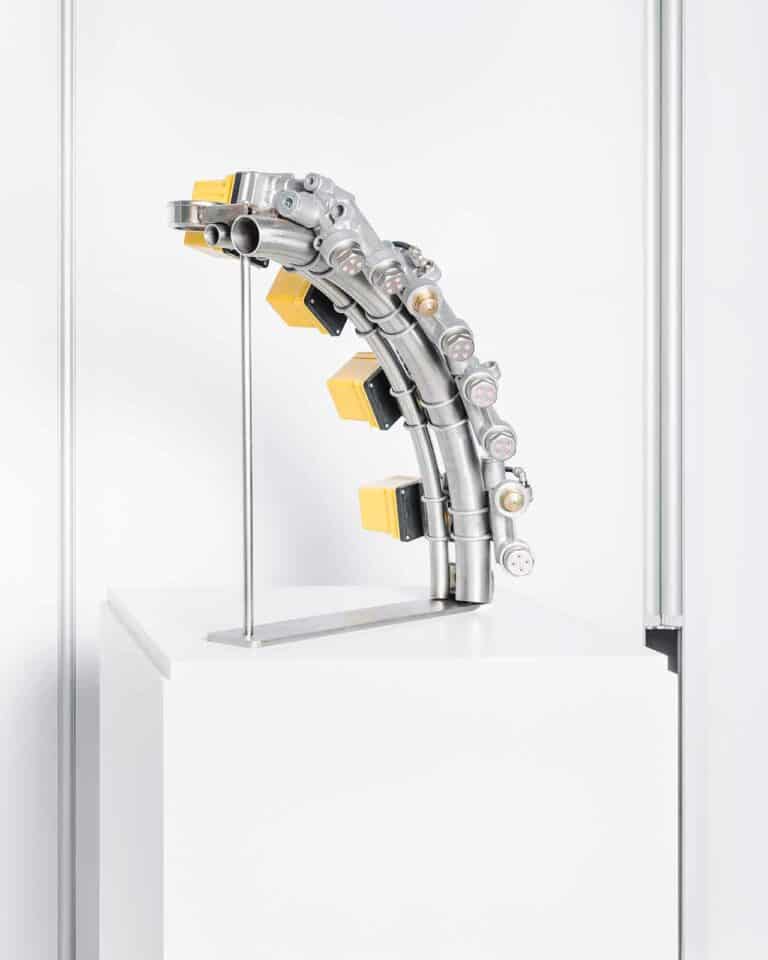 Bolzano, Italy 2019
Bolzano, Italy 2019
The snow guns of the Italian company Techno-Alpin have been producing snow around the globe since the 1990s.
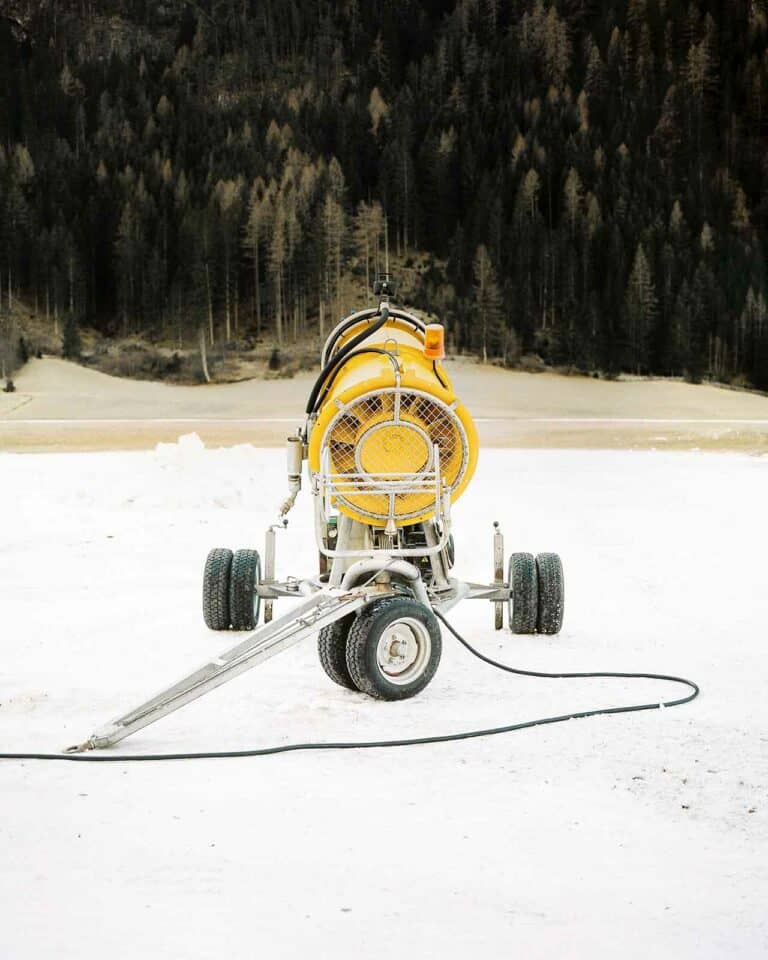 Längenfeld, Austria 2017
Längenfeld, Austria 2017
Winter tourism in the Alps depends on the use of snow cannons. The technical infrastructure creates predictability and independence from natural precipitation.
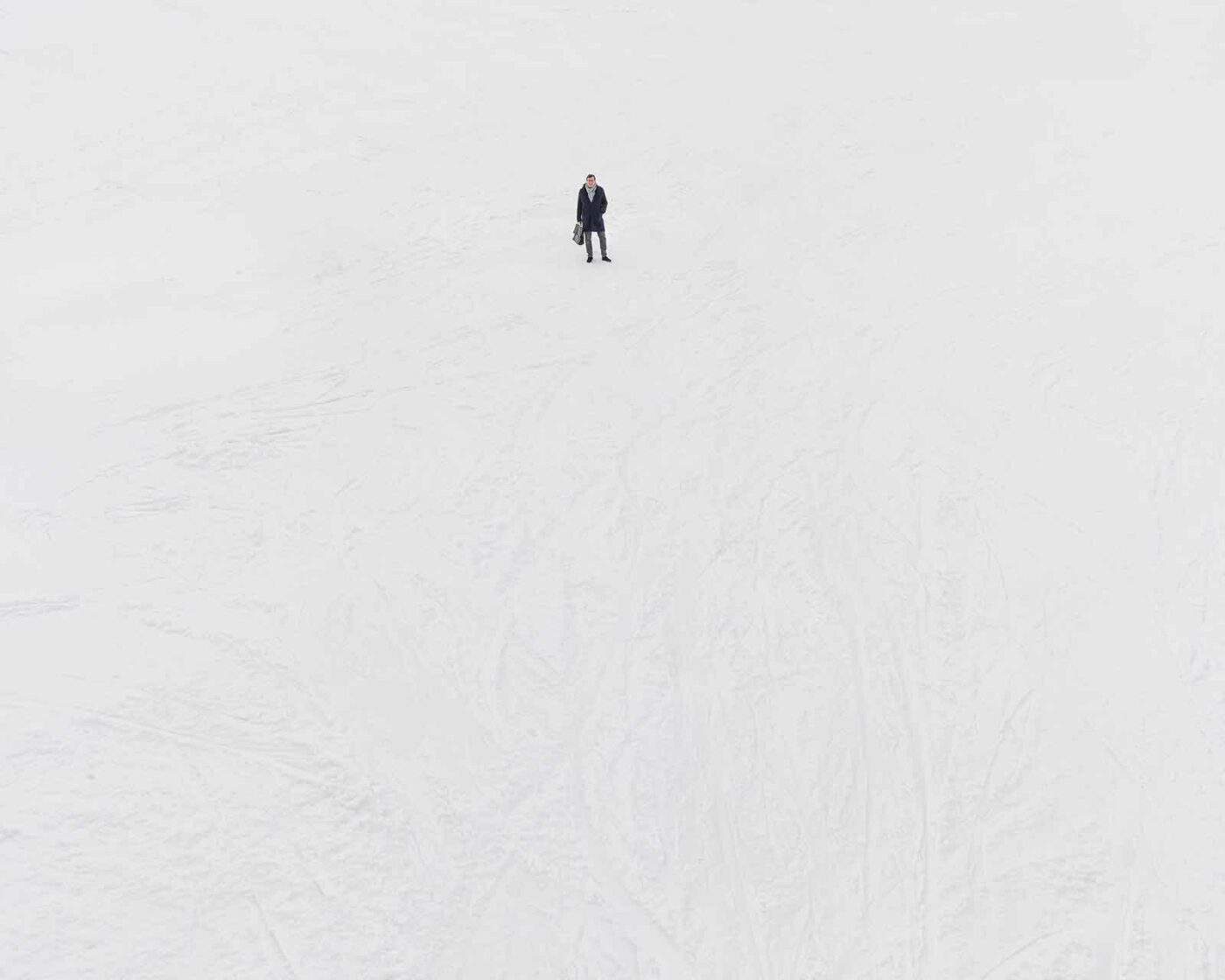 Sölden, Austria 2020
Sölden, Austria 2020
Jakob Falkner, managing director and co-owner of Bergbahnen Sölden. His ski area is one of the largest in the Alps.
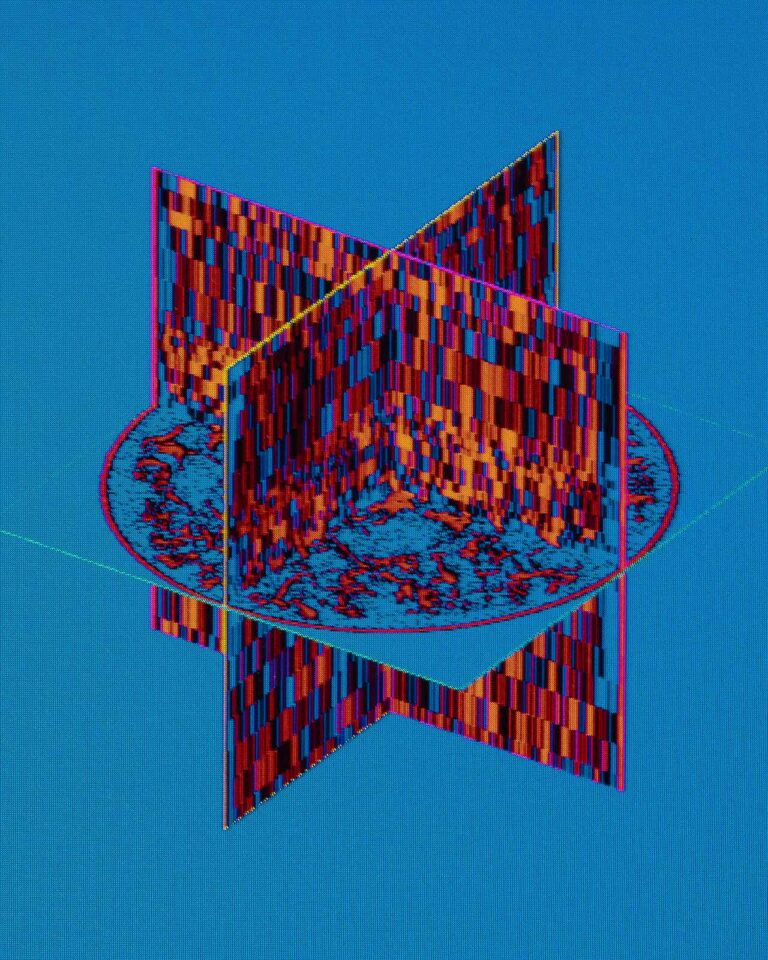 Davos, Switzerland 2020
Davos, Switzerland 2020
With the help of snow metamorphosis, changes in the snowpack are analyzed. This helps to understand avalanches and their hazards better. The measurements are carried out in the laboratory.
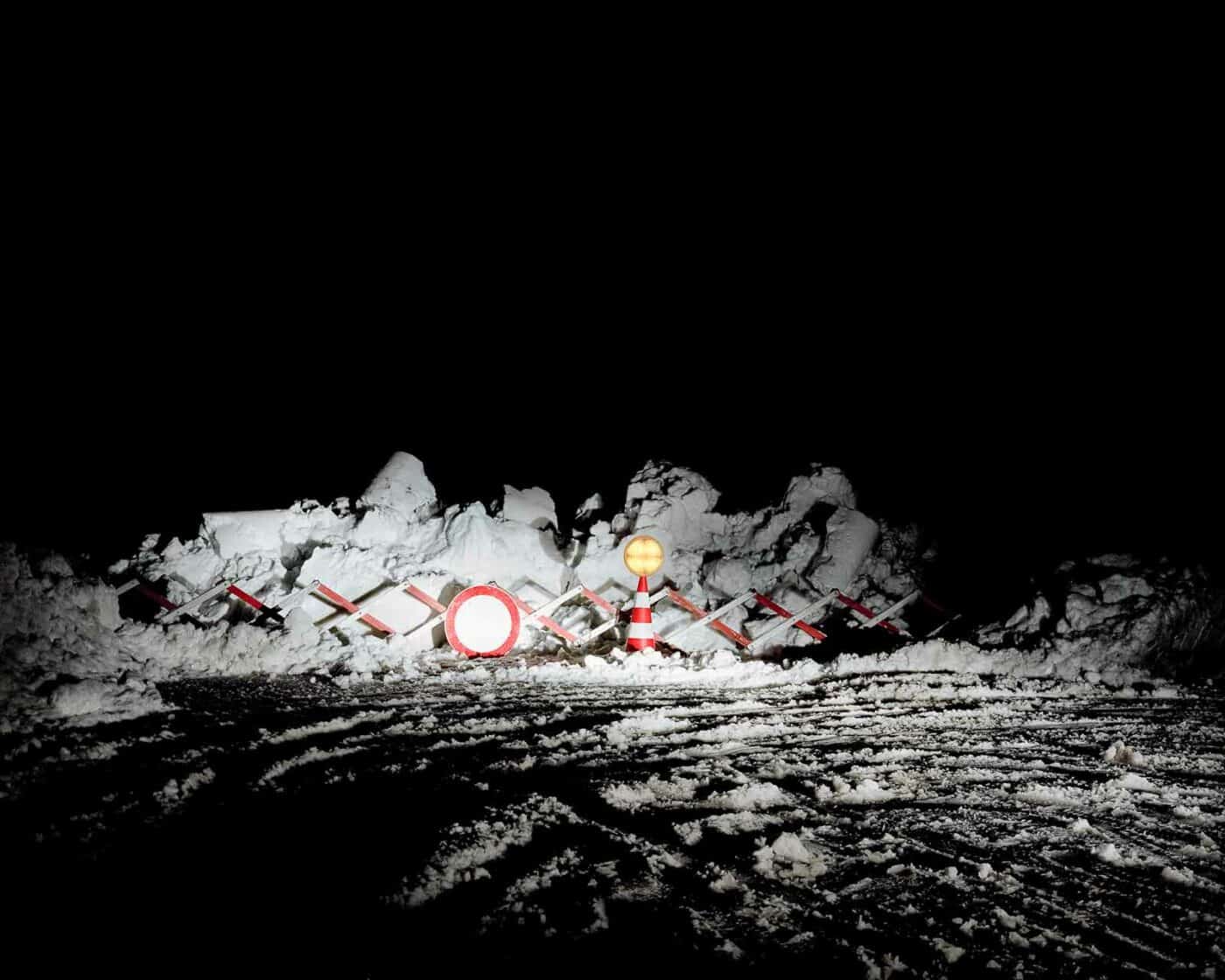 Längenfeld, Austria 2019
Längenfeld, Austria 2019
The danger from avalanches has increased sharply recently, causing significant problems in the Alps. The valleys are sometimes cut off from civilization for several days.
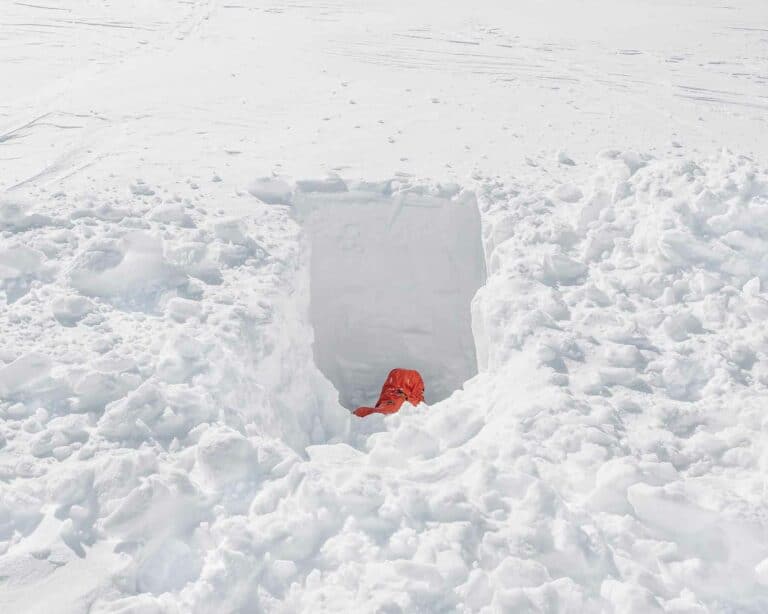 In the back ice Further, Italy 2020
In the back ice Further, Italy 2020
Researchers and avalanche warning services create snow profiles. The excavation of snow profiles allows conclusions to be drawn about the snowpack’s stability and the total amount of precipitation for the current winter. In some places, the snowpack is several meters deep.
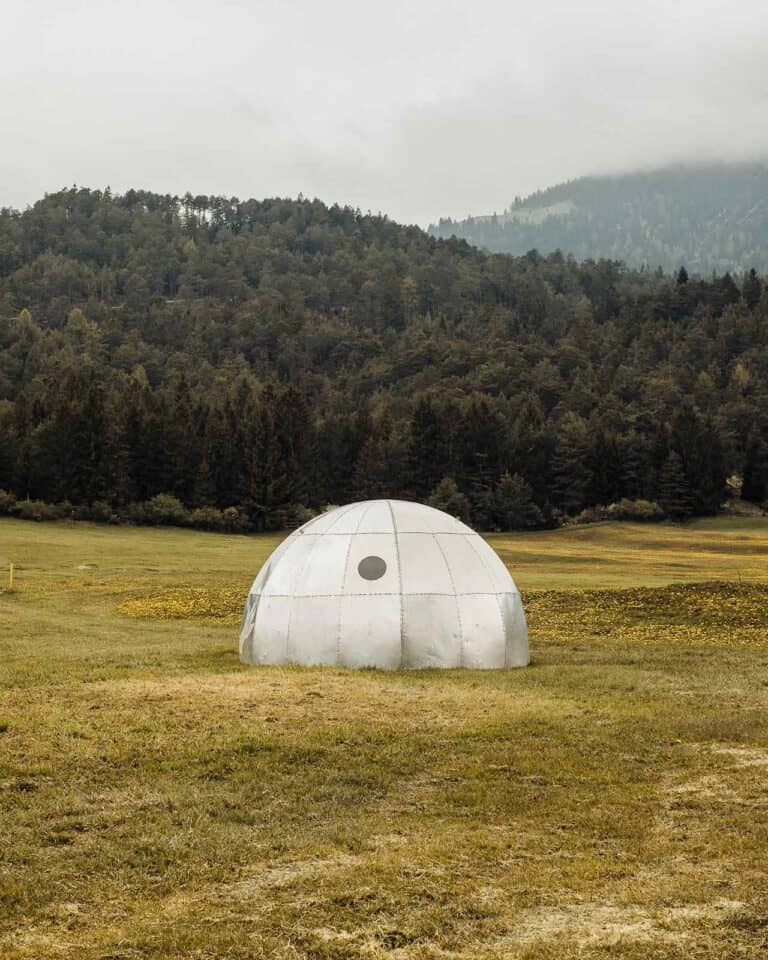 Imst, Austria 2019
Imst, Austria 2019
In summer, the remains of winter tourism are visible.
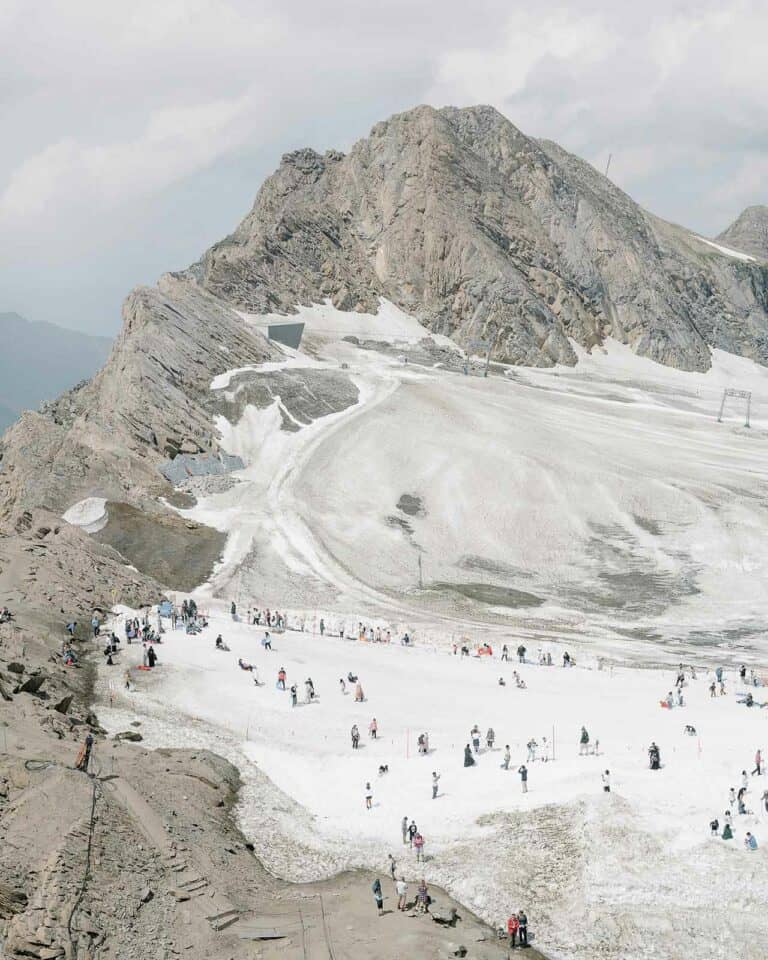 Kitzsteinhorn, Austria 2018
Kitzsteinhorn, Austria 2018
The Kitzsteinhorn is an alpine excursion destination open all year round at over 3,000 m above sea level.
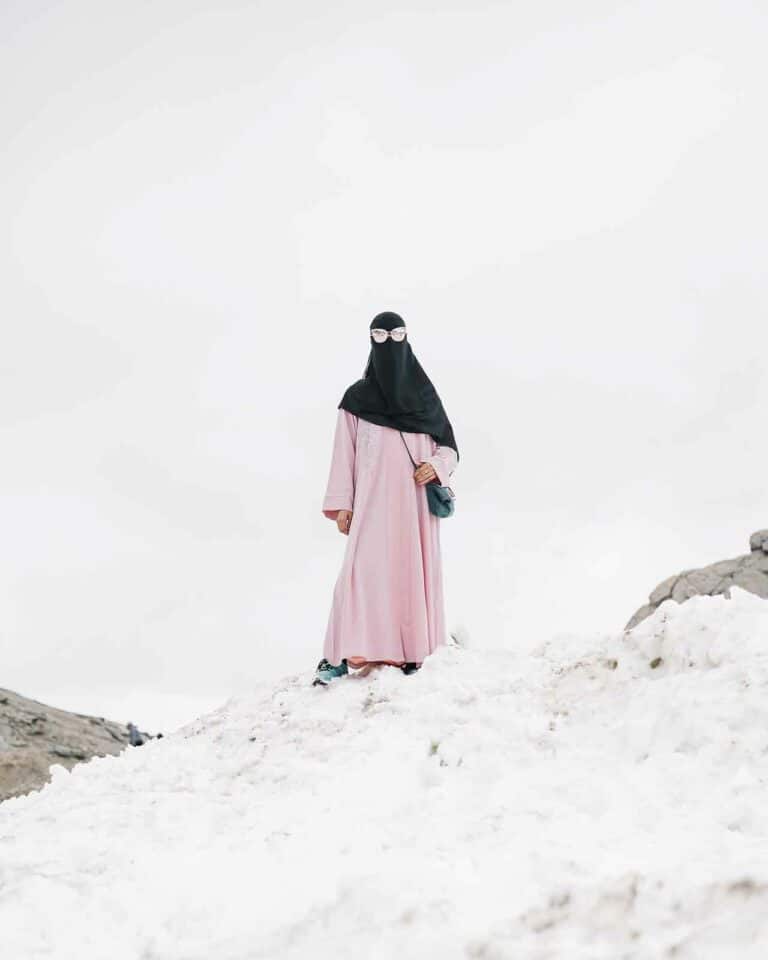 Kitzsteinhorn, Austria 2018
Kitzsteinhorn, Austria 2018
The Alps are a destination for international guests both in winter and summer.
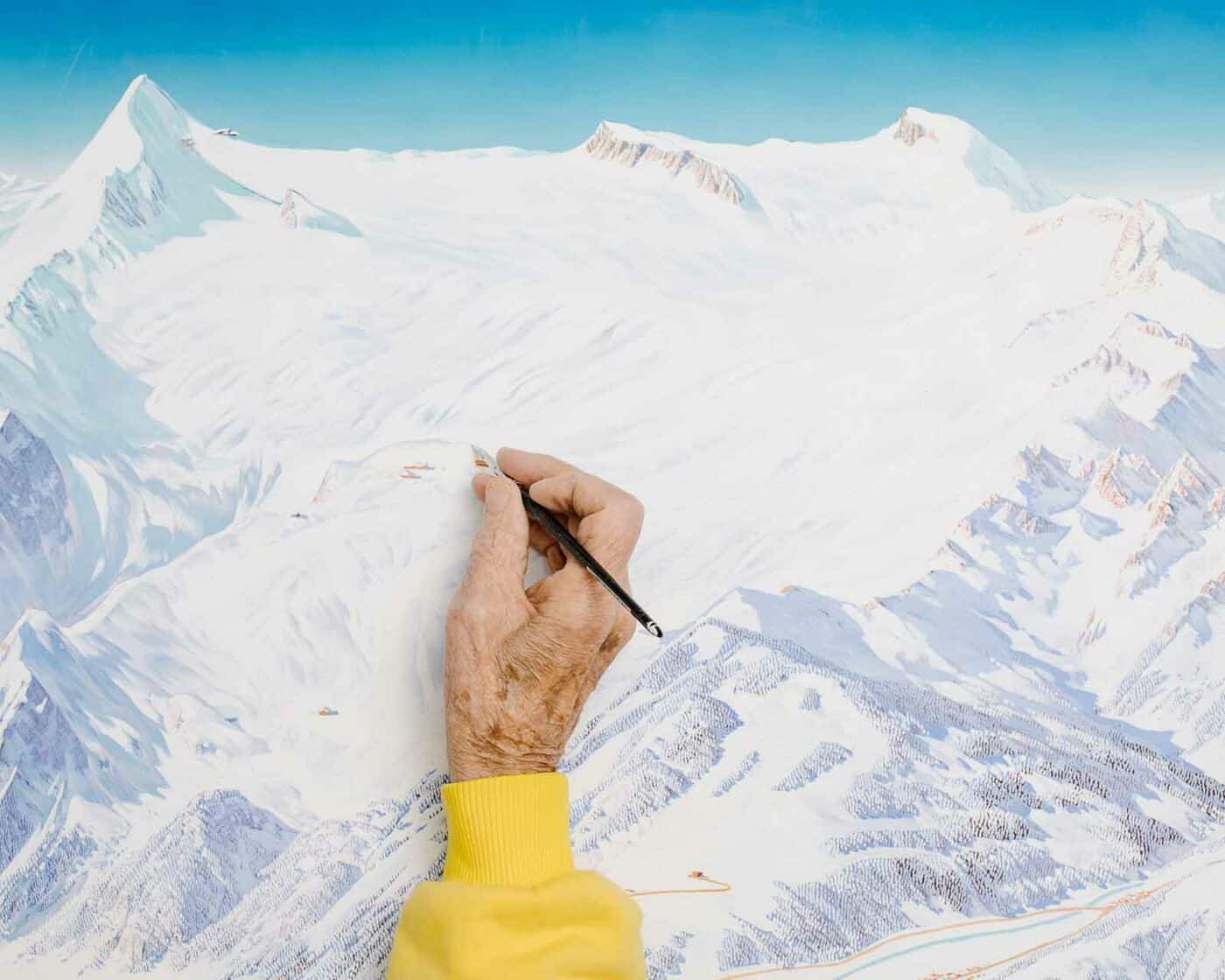 Innsbruck, Austria 2020
Innsbruck, Austria 2020
The panorama map painter Heinz Vielkind constructed mountains just as the cable car companies ordered them from him.
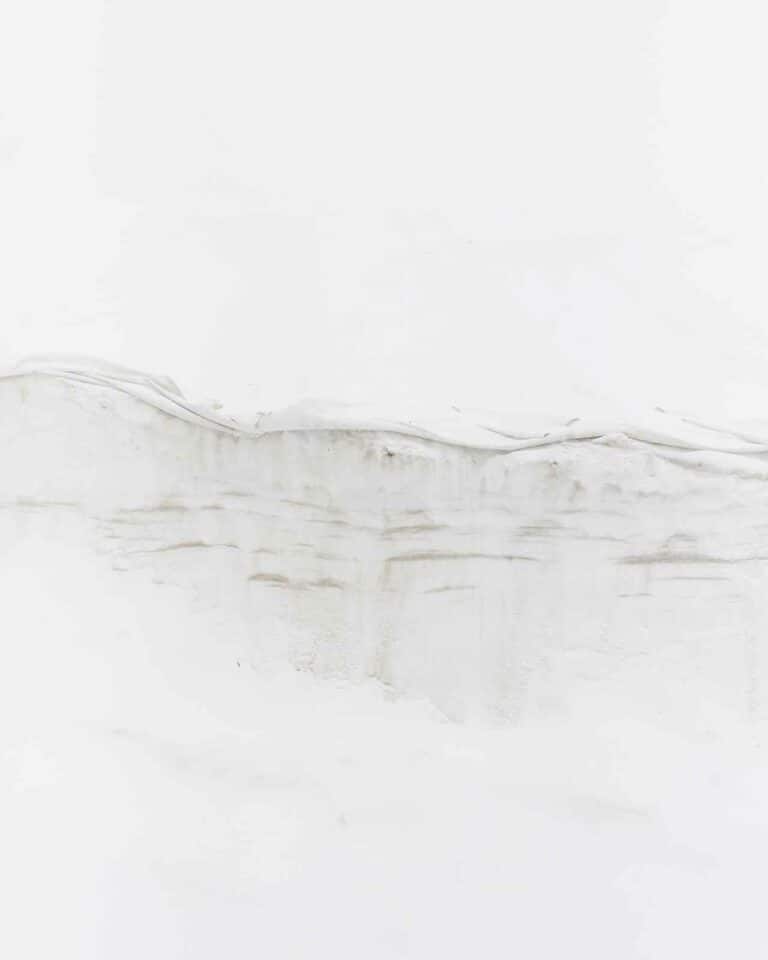 Rettenbachferner, Austria 2021
Rettenbachferner, Austria 2021
Glaciers are increasingly covered in summer to slow down the melting process. Plastic sheeting, felt, or other insulating materials are used for this purpose.
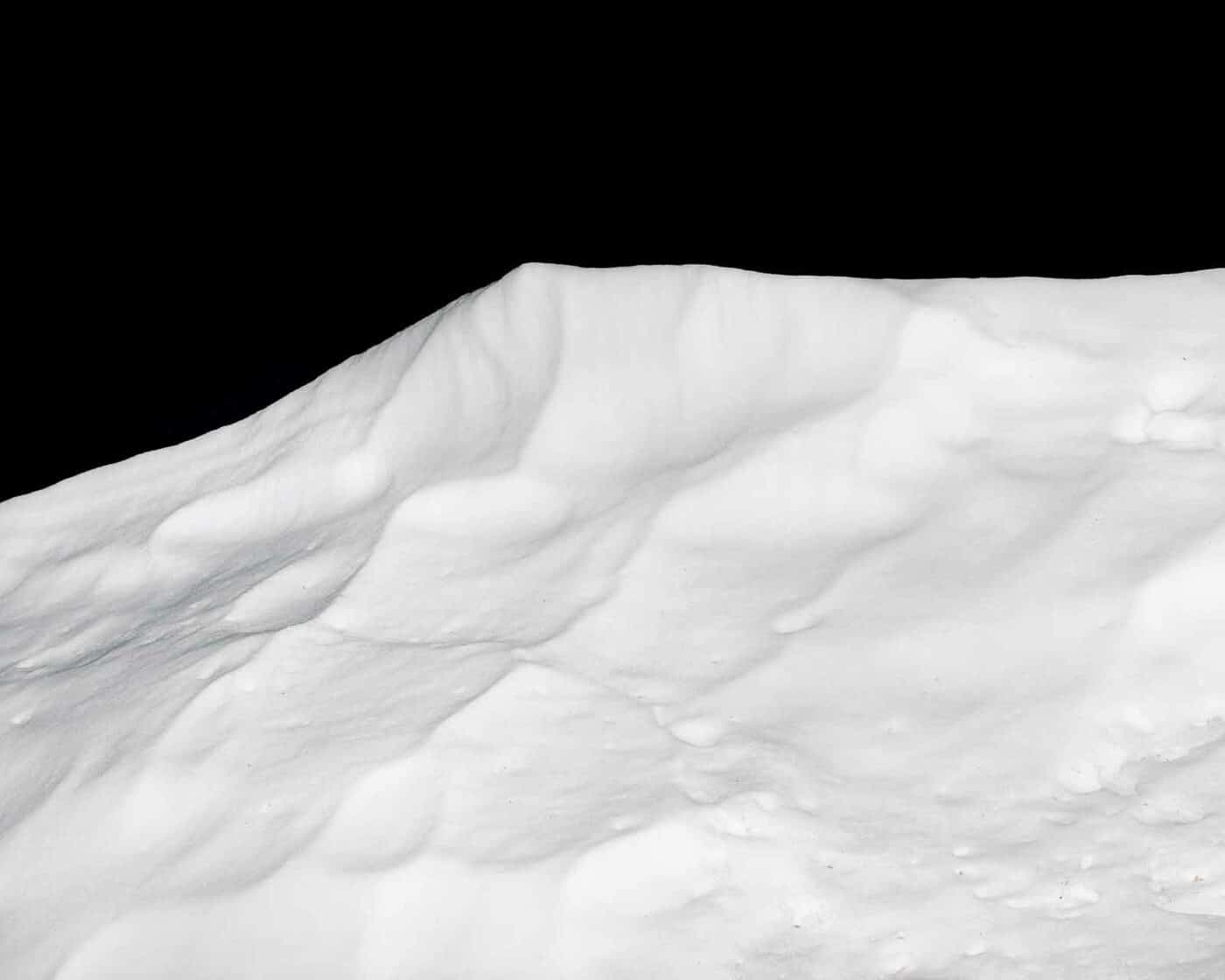 Oberried, Austria 2020
Oberried, Austria 2020
Artificially produced snow melts much more slowly, making it visible long after the natural snow has melted.
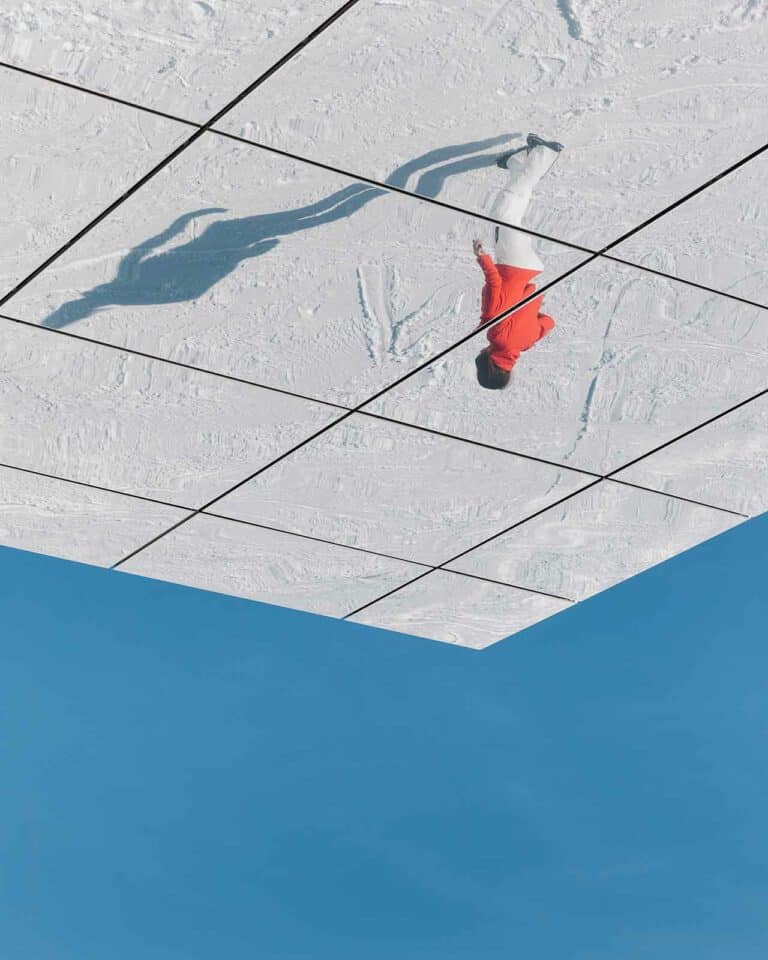 Sölden, Austria 2018
Sölden, Austria 2018
The 007 Elements exhibition space opened in 2018. The building was constructed on the summit of the Gaislachkogel, at 3,056 m above sea level.
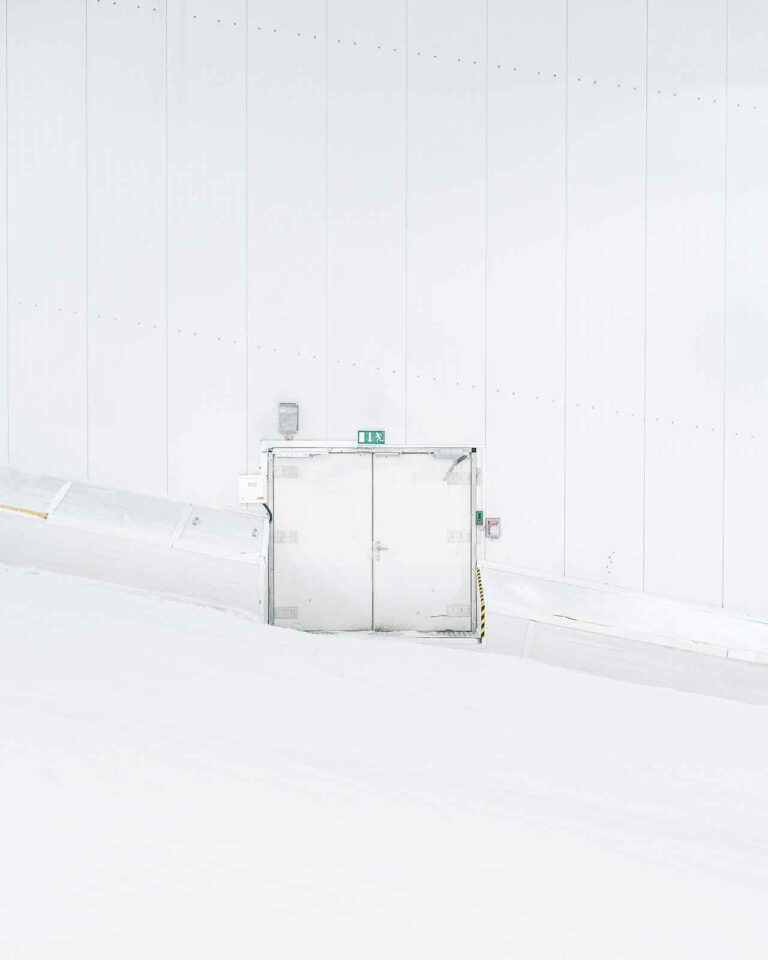 Bispingen, Germany 2017
Bispingen, Germany 2017
The Snowdome near Hamburg was built in 2006 for marketing purposes by the Bergbahnen Sölden.
Your contact partners will be happy to assist you with your personal concerns. However, due to the large number of enquiries, we ask you to first check our FAQ to see if your question may already have been answered.
Dean of Studies, Design and Media department
Programme representative
Application and admission procedure
Hochschule Hannover
Faculty III – Media, Information and Design
Expo Plaza 2
D-30539 Hanover
